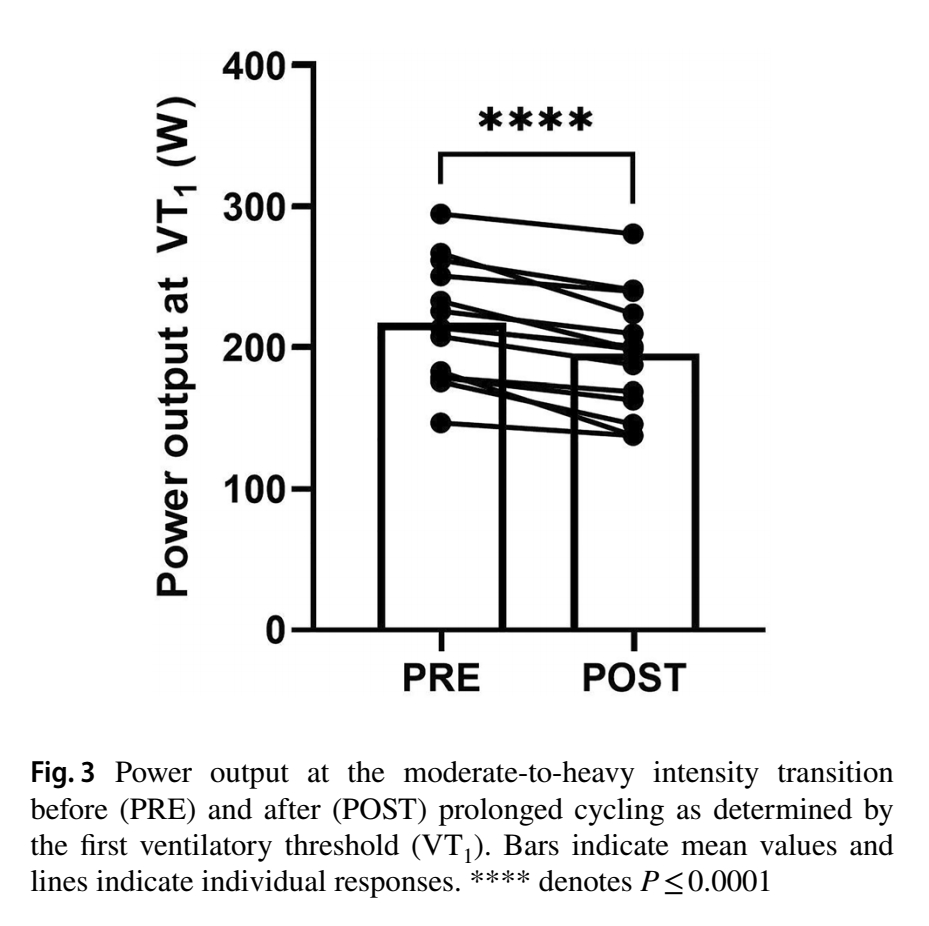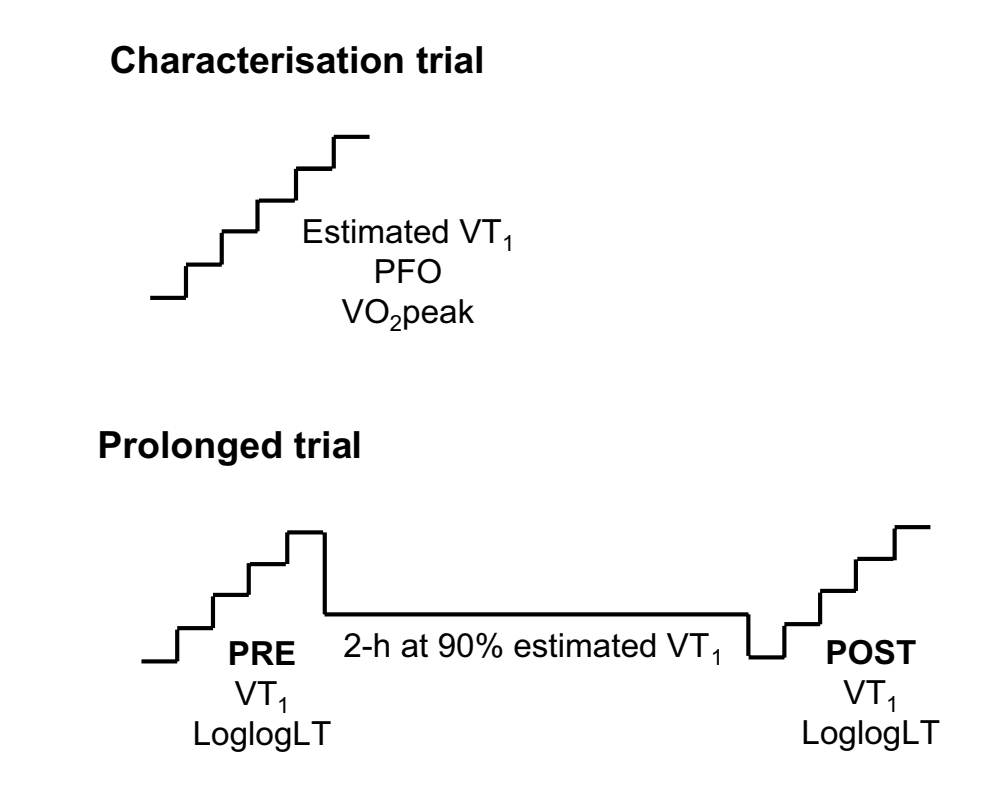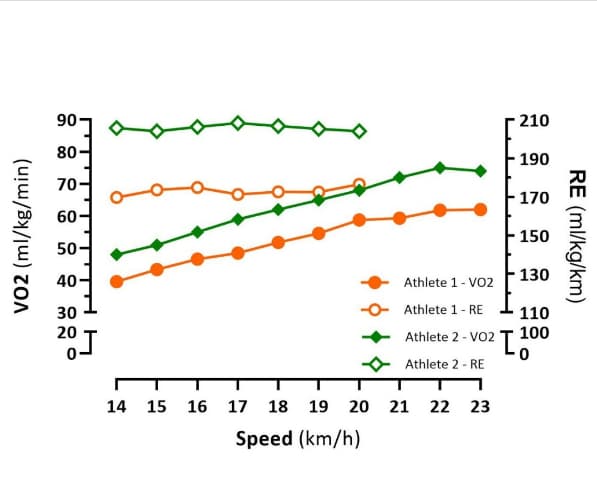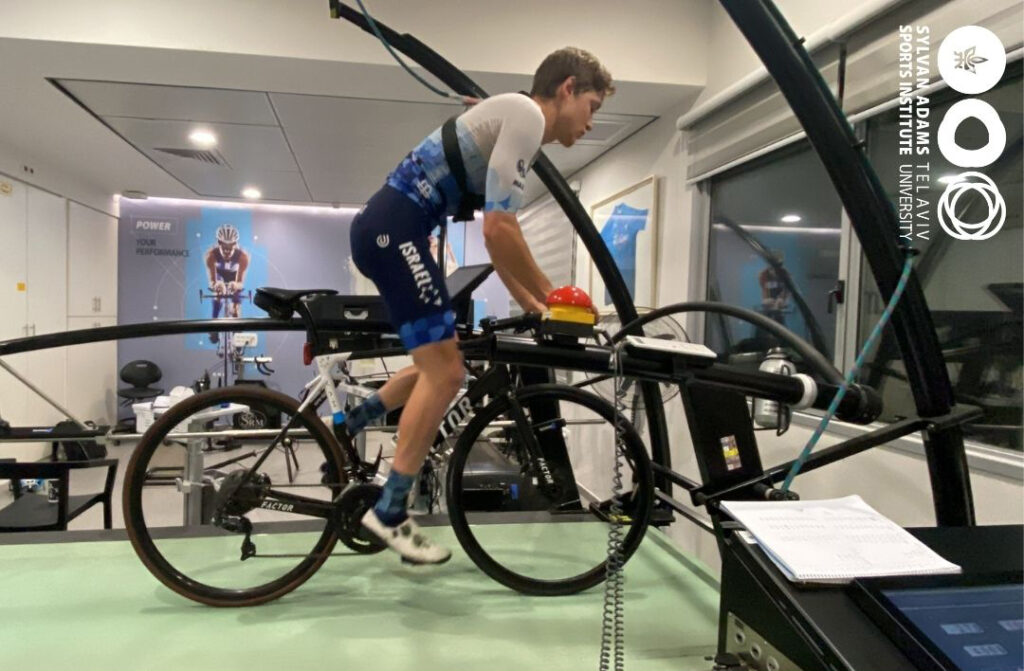Here’s a cleaned-up version while preserving the information:
Are you preparing for the Ironman competition this summer?
Keep in mind that your “competition rate” in terms of power or heart rate is likely to decrease along the way.
The intensity spectrum in aerobic activity can be divided into ranges according to thresholds (respiratory or lactate), where the first threshold differentiates between moderate intensity (zones 1 and 2 according to Friel’s five zones) and medium intensity (zones 3 and 4 according to Friel’s five zones). For long competitions like Ironman and Half Ironman, it’s important to maintain moderate intensity to prevent premature fatigue during the ride and leave enough strength for the subsequent run. In this context, there is extensive use of the intensity ranges around the first respiratory threshold, where you can ride for hours (zones 1-3 in Friel’s five-zone framework).

However, does the threshold intensity, as reflected in cycling power and/or heart rate, remain stable over hours? To answer this, a group of New Zealand researchers tested the effect of a two-hour cycle at an intensity equal to 90% of the first respiratory threshold (VT1, the upper end of zone 2 according to Friel) on the power and heart rate of the first respiratory threshold. They recruited 14 trained cyclists and triathletes (average VO2max of about 60 ml/kg/min) who came to the laboratory for two visits. In the first visit, they underwent a graded stress test to determine their thresholds, including the detection of VT1 power. In the second test, the experiment included another graded test to determine the thresholds (PRE), followed by a two-hour ride at a power equal to 90% of the VT1 power, and immediately after that, another graded test (POST) was performed to determine the thresholds.

The researchers discovered that after the two-hour moderate cycling effort (90% of VT1 power), there was a decrease of about 10% in VT1 power (from an average of 217 watts to an average of 196 Watts) and a simultaneous increase of about 6% in the heart rate of VT1 (from an average of 142 bpm to an average of 151 bpm). Similar findings were also found in the thresholds determined according to the lactate level. The research data shows that the decrease in the first threshold power was caused by a decrease in riding efficiency (the amount of energy or oxygen needed to ride at a certain power).
This means that in the later stages of the two-hour ride, the subjects were no longer riding at an intensity of 90% of their first threshold but at the intensity of the threshold itself. A ride longer than two hours could have brought them to ride at an intensity even higher than the threshold itself. It should be emphasized that there is a significant jump in the development of fatigue between an effort that is below and above the first threshold, which may cause a slowing down of the riding pace and even impair the ability to run afterward.
So, the next time you plan your riding power for long competitions (over two hours), consider that the physiological load at a given power close to the first threshold will increase throughout the ride.


